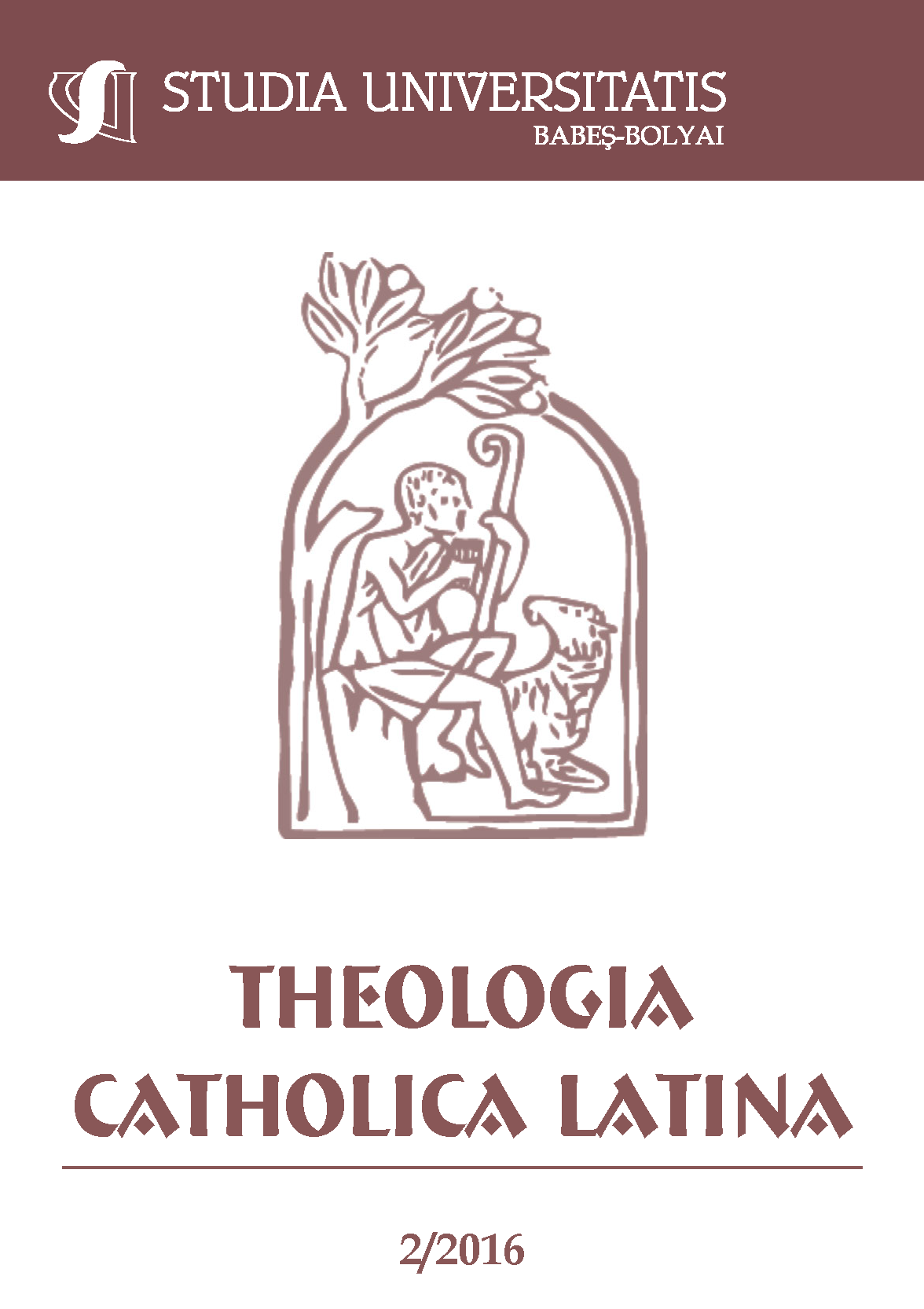SIMONE WEIL’S ROAD TO GOD THROUGH BEAUTY
Keywords:
contemplation of beauty, sense of aesthetics, deus absconditus, ethic, contemplation or possession, decreationAbstract
Th e Christian art played a crucial role in Simone Weil’s conversion. Her refined sense of beauty was often in raptures guiding her closer to God as a result. Weil discovered beauty primarily in nature and subsequently in works of art. She also came to appreciate it in other people, church services and the virtues taught by Jesus Christ. She would transfer all these experiences and revelations into spiritual and ethical dimensions along the lines of Kantian and Platonic philosophy and aesthetics.References
Betz, O., Schönheit spricht zu allen Herzen. Das Simone-Weil-Lesebuch, (Hrsg. Betz, O.), München 2009.
Füzesséry K., „A kegyelem és a nehézkedési erő”, in Ami személyes, és ami szent. Válogatott írások, (translated by: Reisinger J.) Vigilia 1983, 308-317.
Scheer, B., Einführung in die philosophische Ästhetik, Darmstadt 1997.
Vető M., Simone Weil vallásos metafi zikája, (La métaphysique religieuse de Simone Weil, Paris, Vrin 1971, translated by Bende J.) L’Harmattan, 2005.
Vincze K., A szenvedés realitása és méltósága Simone Weil filozófiájában, in Vigilia 79, 2014, 589-597.
Weil, S., Ahol elrejlik az Isten, in Ami személyes, és ami szent. Válogatott írások, (transl.: Reisinger J.) Vigilia 1983, 110-180.
Downloads
Published
How to Cite
Issue
Section
License
Copyright (c) 2016 Studia Universitatis Babeș-Bolyai Theologia Catholica Latina

This work is licensed under a Creative Commons Attribution-NonCommercial-NoDerivatives 4.0 International License.



